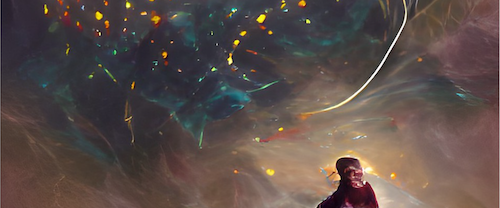Speaker
Description
The distribution of matter in the universe depicts a complex spatial pattern commonly referred to as the Cosmic Web in which massive nodes are linked together by elongated filaments found at the intersection of thin mildly-dense walls, themselves surrounding large and empty voids. Classifying, in simulations, the particles belonging to the several environments depending on level of local tidal anisotropies, we build summary statistics based on the combination of power spectra computed from the environments. Using a Fisher analysis of the constraints put on a set of five cosmological parameters and the summed neutrino mass, we forecast that this cosmic web split break some key degeneracies among parameters of the model and carries significantly (up to an order of magnitude) more information than a classical matter-matter analysis, both in real and redshift space.

